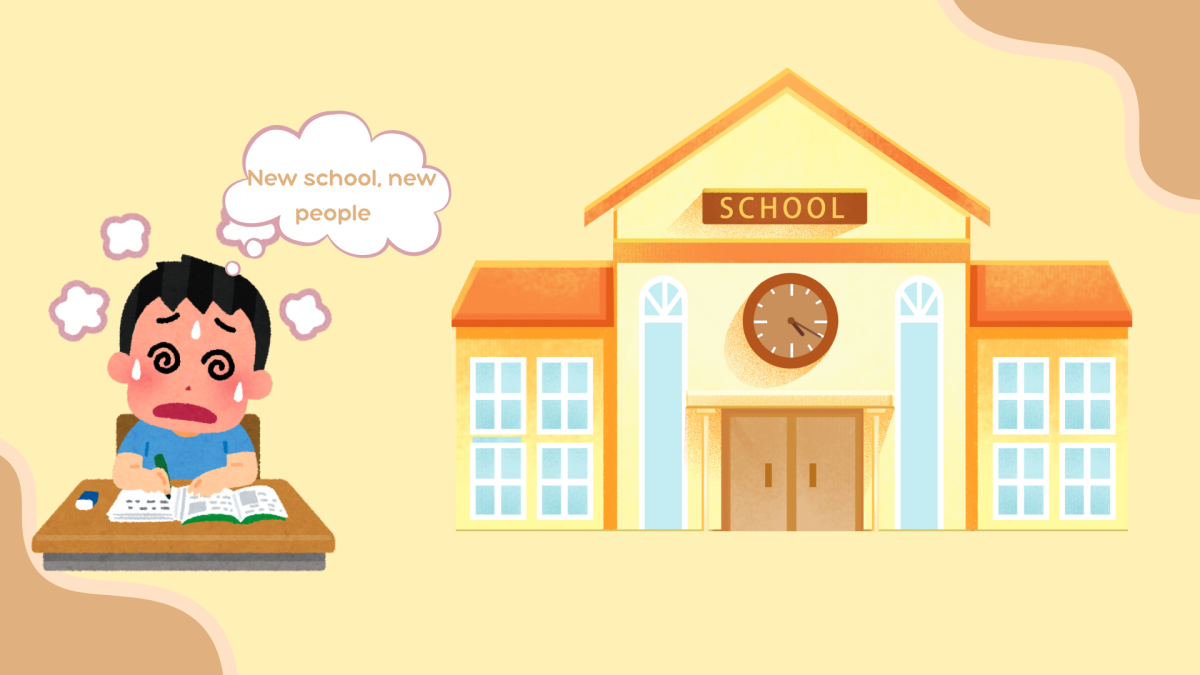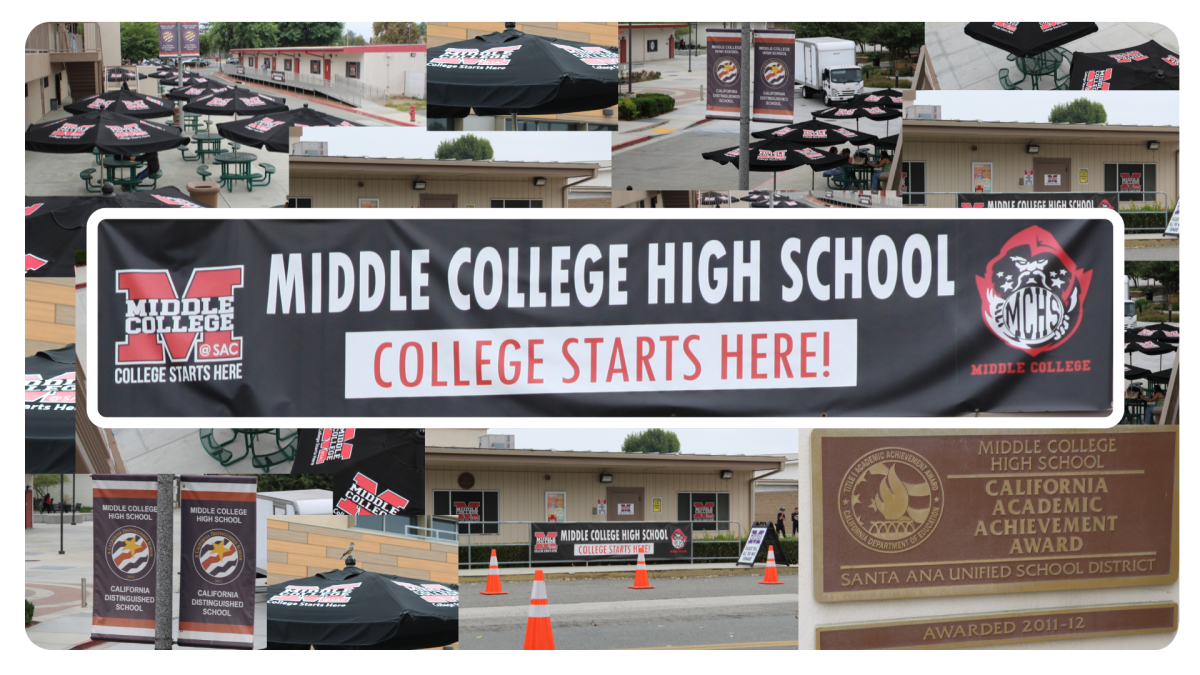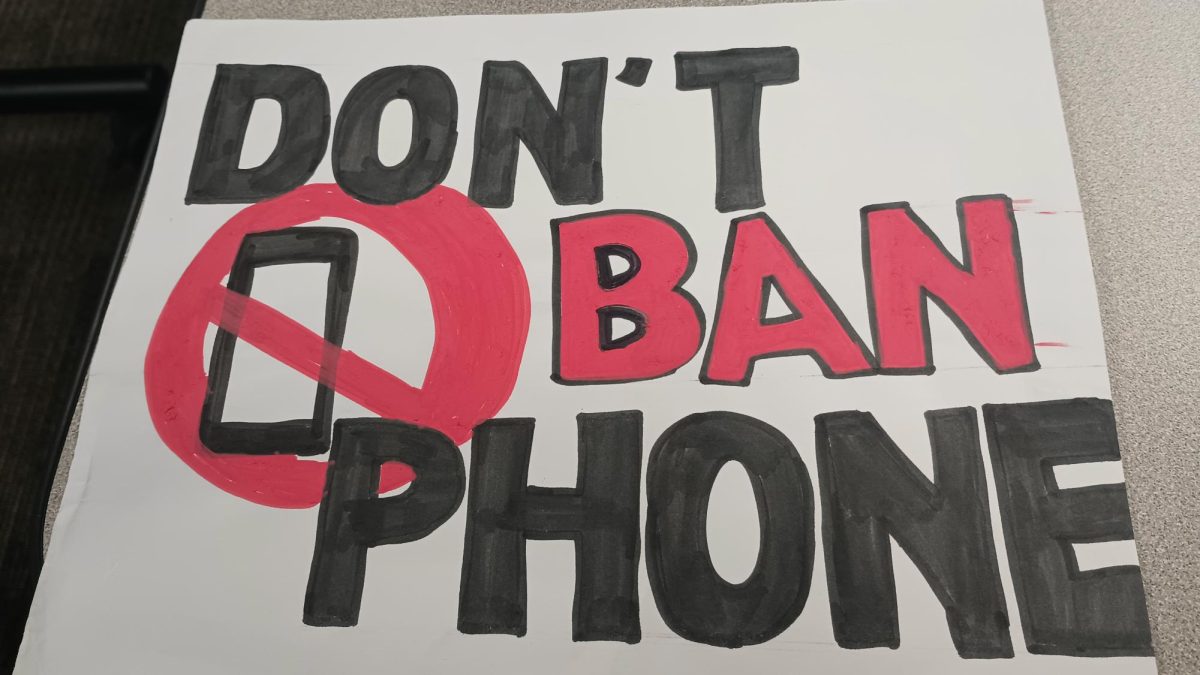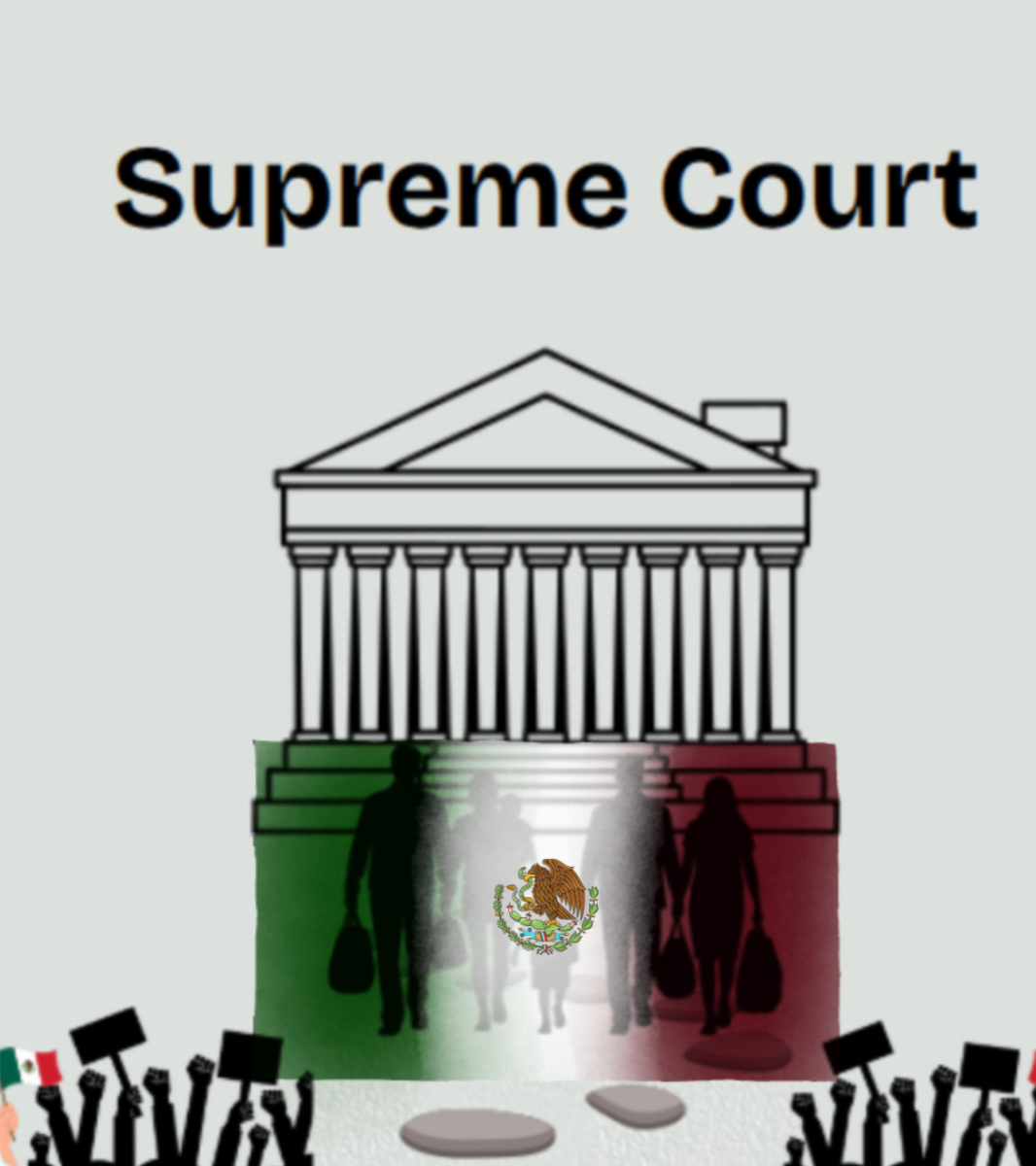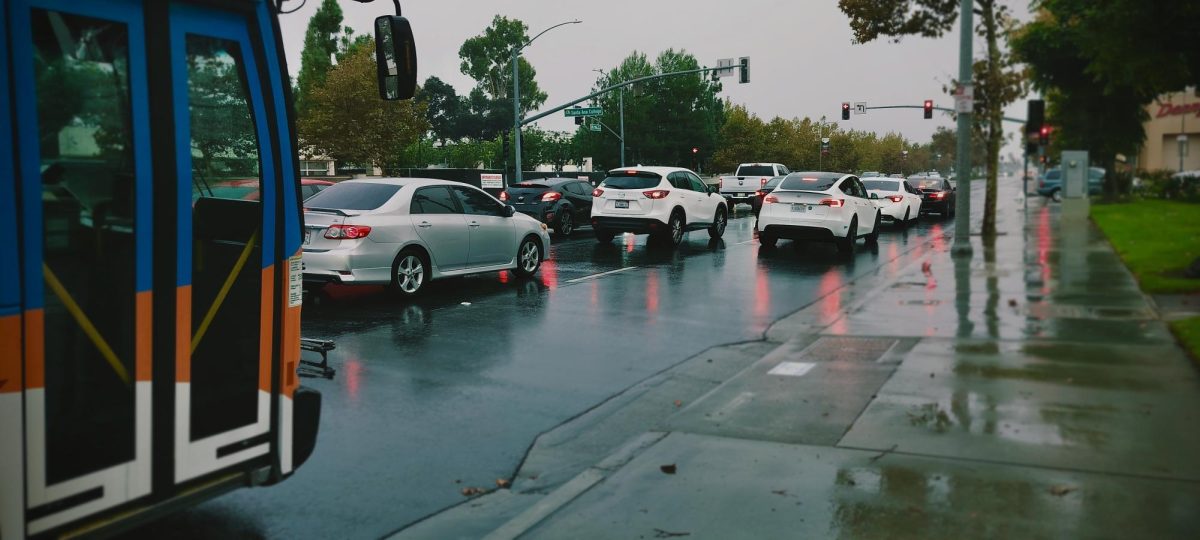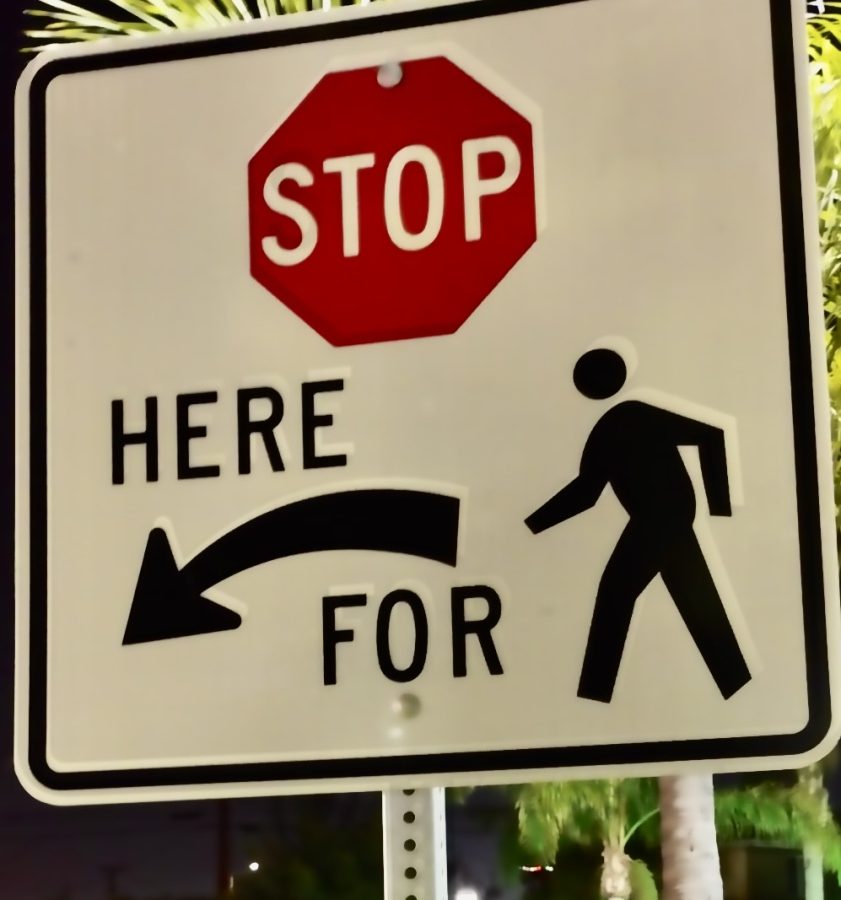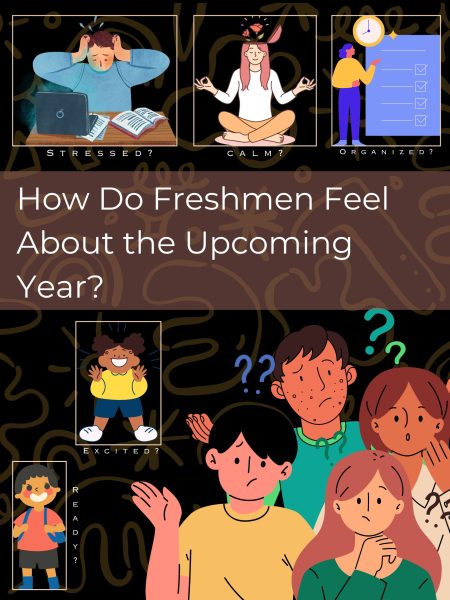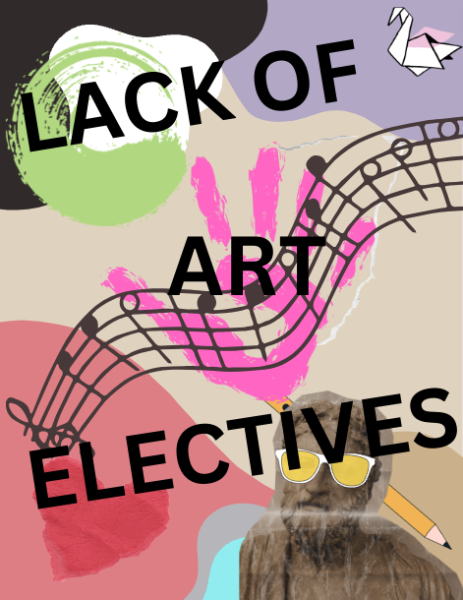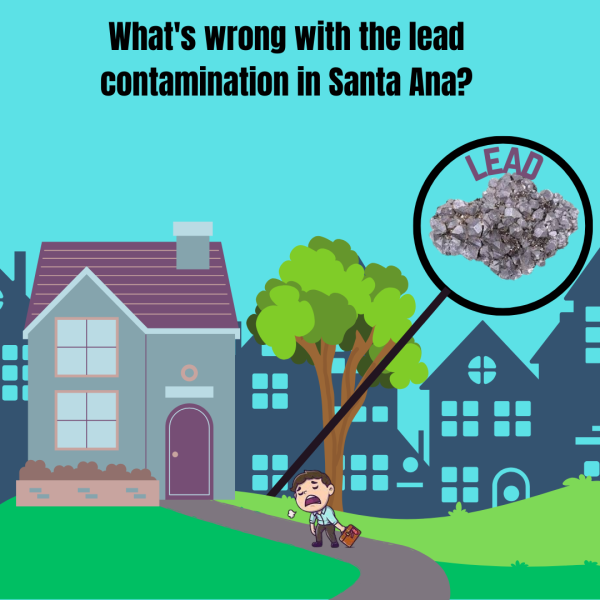Red light, green light: The effects of reckless driving
A stop sign signaling drivers to stop as pedestrians are crossing. Many reckless drivers ignore these signs and it can have a harmful outcome.
With the various reasons why a person would be navigating through the city, the streets can become packed, the buses more crowded, and lots of foot traffic. For many, this is a normal and safe way of getting to places, although with reckless driving situations becoming alarmingly common, what seemed to be out of harm’s way is quickly changing.
Regardless of the set speed limits in busy streets, highways, residential, and school zones, this does not indicate that careless drivers will abide by these guides. As more safety laws get introduced annually, there continues to be a disregard for them and different perspectives from others who have shared the road with hazards.
When a freshman, Daisy Mateo, faced the aftermath of the OCTA bus strikes, she resorted to walking to school and back every day. Although she had experienced walking around before, Mateo still decided to change her route home just to remain safe.
“It wasn’t really scary walking by myself, more just unfamiliar. Walking through residential areas seemed safer because there were fewer cars, and when they appeared, they drove a lot slower than the ones I’d normally see on the main streets,” Mateo said.
As speed is a notable factor in the safety of pedestrians, it also plays a part in accidents on the road. A local, Arlene Leyva, has been driving for about ten years, and even with her knowledge of how to operate her car responsibly, she still has mixed feelings about her encounters with other drivers on the road.
“I’ve been in two accidents. From the incidents I was involved in, both were driving dangerously. My car got hit by one person, distracted by their phone while the other was speeding,” Leyva said.
Leyva additionally sees a pattern of accidents that occur in specific situations and believes these settings can heavily impact faulty driving and the chances of others colliding.
“I also notice that when it’s raining, there are a lot of slow drivers and accidents on the freeway. I’d say that people can be very reckless with the speed limits, and in these cases, they either go too slow or too fast,” Leyva said.
While Leyva has had firsthand meetings with collisions, students who may not have a license have contact with various people who have been in an accident.
“My brother, sisters, dad, and mom were all in car accidents. There were, of course, different reasons why they happened, although I’m sure the majority were because of poor driving habits. For people who walk around, I think they can easily become involved in an accident or mess when drivers are running stop lights, texting, speeding, and even have road rage,” a student said.
Another student, Jakob Martinez, has connections with others involved in accidents and happens to be a pedestrian himself. He shared his thoughts on some minor precautions that can get implemented to reduce the risk of collision and reckless driving.
“You can’t really stop people from speeding, but if you could, I think there should be better driving exams before others get their licenses. Even though stop signs are for safety, people will continue to ignore and run them nonetheless. I feel the problem with recklessness comes from not being taught how to drive carefully from the start,” Martinez said.
Although this handful of individuals has seen issues with reckless driving habits, there continue to be others who own a license who are provoking accidents and fatalities. On average, there are about 14,400 accidents per day, and to avoid becoming a part of this statistic, it’s in anyone’s best interest to drive responsibly and cautiously.
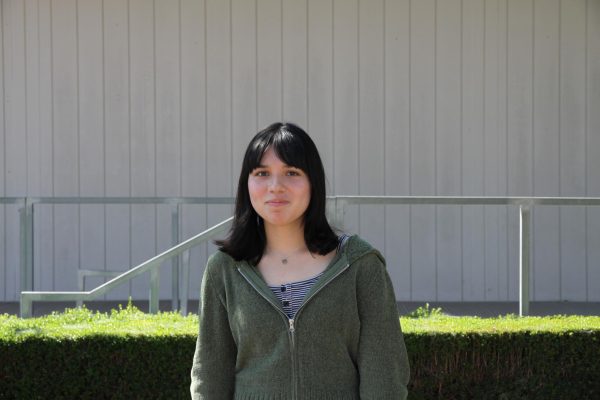
I'm a huge animal lover, my favorite animal is a raccoon, and I like churros.

